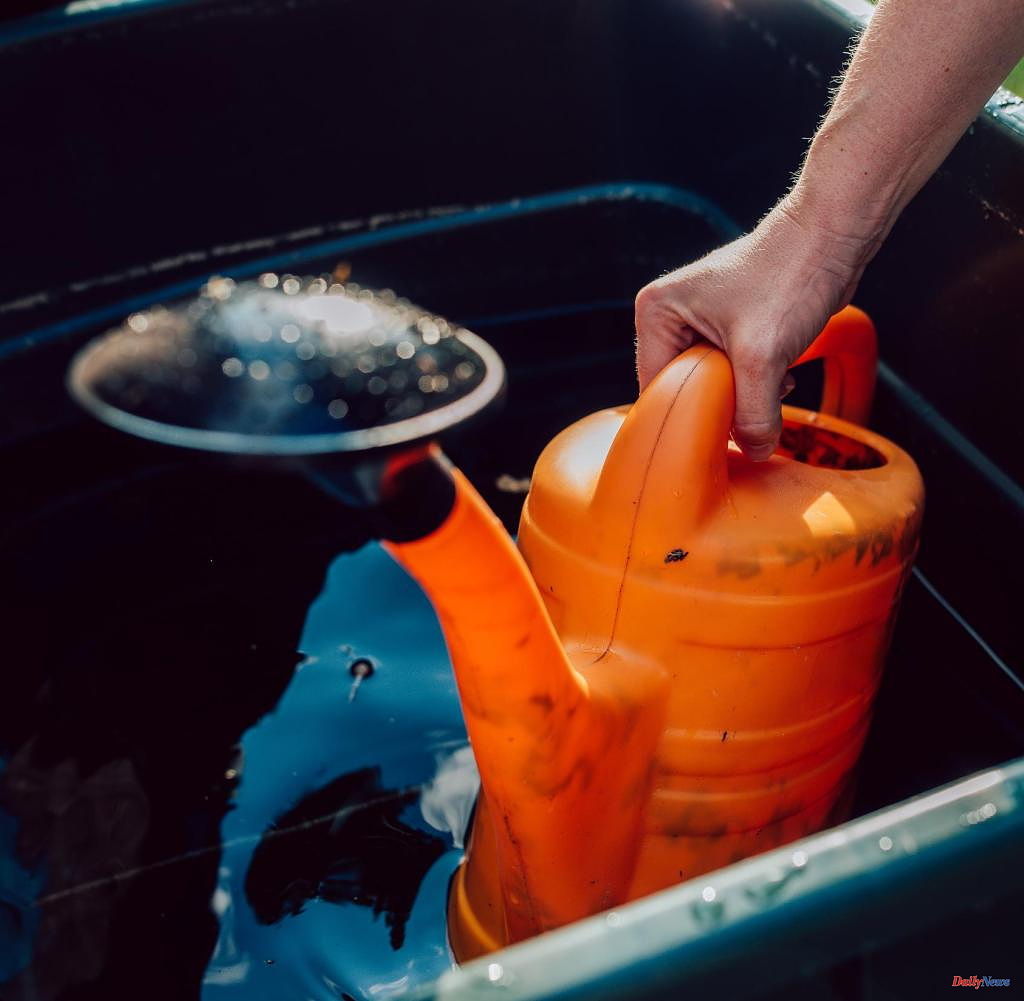In addition to plastics, there are other chemical substances that are extremely persistent in the environment and harmful to health: per- and polyfluorinated alkyl compounds (PFAS) can be detected in rainwater even in the most remote regions of the world - and in concentrations that are many times the threshold values of the US Environmental Protection Agency exceed. This is reported by researchers led by Ian Cousins from the University of Stockholm and Martin Scheringer from ETH Zurich in the journal "Environmental Science
The PFAS, which include more than 4700 compounds, include all substances that have at least one group consisting of one carbon atom and two or three fluorine atoms. They are used, for example, for water-repellent, breathable textiles, dirt-, grease- and water-repellent paper, ski wax and fire extinguishing agents. Some PFAS are considered carcinogenic, and thyroid diseases, liver damage and increased cholesterol levels have also been attributed to representatives of this group of substances.
In 2017, a study showed that PFAS are very likely to reduce the effectiveness of vaccinations in children. The European Food Safety Authority (EFSA) also warns of this – especially since children are particularly exposed to PFAS.
The current understanding of the biological effects of PFAS is mainly based on studies on four perfluoroalkyl acids. Therefore, Cousins, Scheringer and colleagues looked at measurements of these acids in rainwater from different regions of the world. The amount of perfluorooctanoic acid (PFOA) at all measuring stations was well above the current limit value for drinking water recommended by the US environmental protection agency EPA: The EPA currently only considers values below four picograms (trillionths of a gram) of perfluorooctanoic acid per liter of water to be harmless. Even in the sparsely populated highlands of Tibet, this value was exceeded by a factor of 14 in rainwater, and in the Antarctic the concentration was even higher.
"Based on the most recent US drinking water guidelines for PFOA, drinking rainwater would be considered unsafe anywhere," Cousins said in a statement on the study. "Although we don't often drink rainwater in the industrial world, many people around the world expect it to be safe, and it powers many of our drinking water sources."
According to Cousins, if even rainwater contains harmful amounts of individual PFAS substances, then the ecological limit of the planet with regard to these man-made substances has already been exceeded, the researchers argue.
For a long time, scientists assumed that PFAS would eventually end up in the ocean and be diluted there to such an extent that they would become harmless. However, scientists recently demonstrated that perfluoroalkyl acids can be released back into the atmosphere via spray aerosols. Accordingly, a cycle of these non-biodegradable substances would have been established. "The extreme longevity and the continuous global cycle of certain PFAS will mean that the reference values mentioned will continue to be exceeded," says Scheringer.
It is true that not all of the perfluoroalkyl acids examined exceed American or European drinking water limits. However, the researchers emphasize that the PFAS class of substances includes far more than the four acids studied. "It cannot be that a few benefit while they pollute the drinking water of millions of others," agrees Jane Muncke from the Food Packaging Forum in Zurich.












